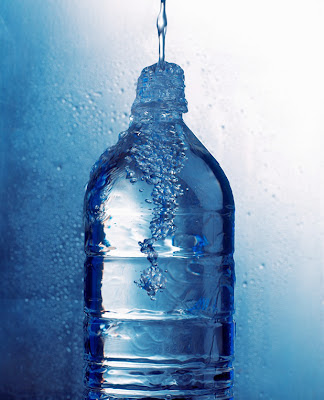|
|
How much fluid you should drink during physical activity is determined by several key factors. An appropriate rate of fluid intake depends on how much you sweat, which is primarily driving by how hard you are working and environmental conditions - temperature and humidity. It also depends on how long you exercise. Your body loses water throughout the day through breathing and going to the bathroom; but exercise- and heat-induced sweating prompt significant body water losses and hydration challenges. Just relying on your body to indicate that you "feel thirsty" is not always sufficient to stay well-hydrated during physical activity, especially when you sweat a lot. Being mindful of, and deliberate with, how much fluid you take in every day through beverages and food is crucial to prevent levels of dehyration that is severe enough to hurt your performance and increase your risk of heat illness, especially during situations when there is limited recovery time such as tournament events and two-a-day practices.






0 comments:
Post a Comment